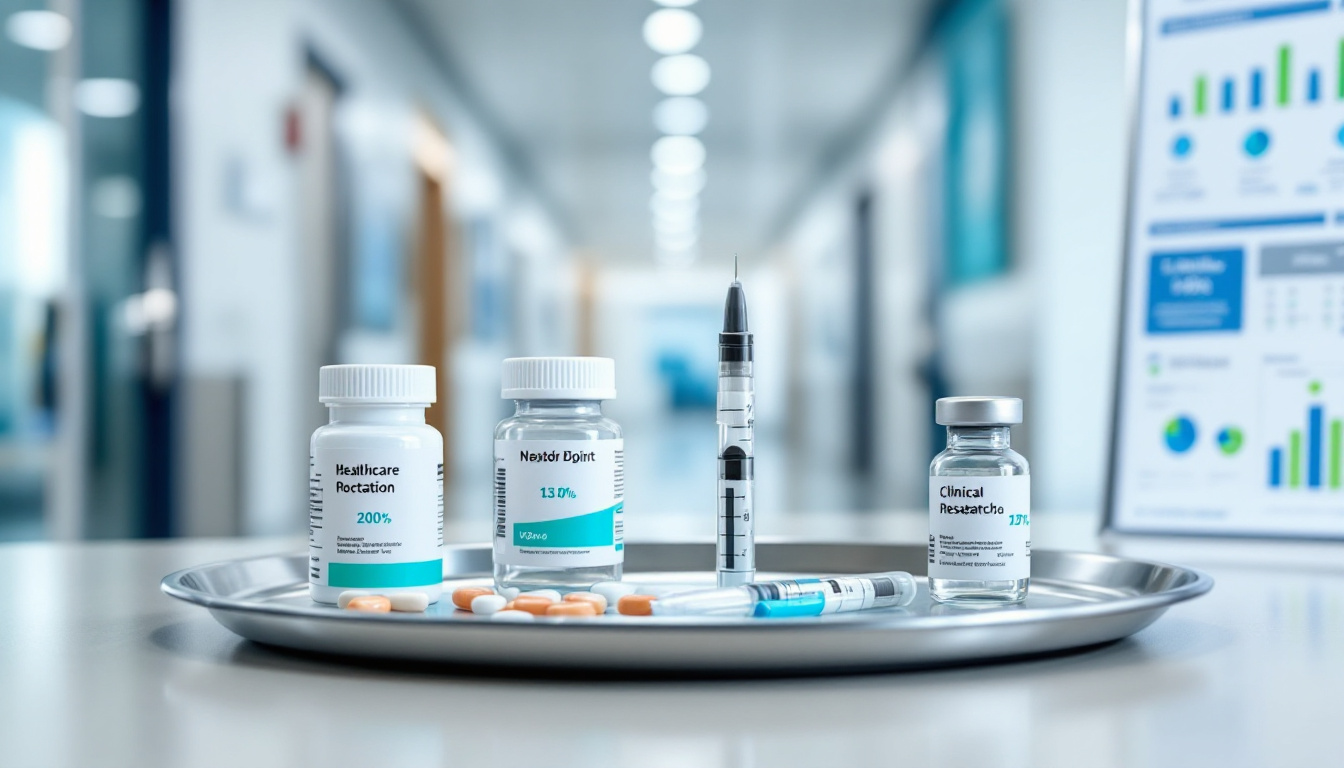Johnson & Johnson (NYSE: JNJ) continues to hold a top spot on many dividend investor watchlists. With a market value in the hundreds of billions, a diversified healthcare footprint, and a long history of paying and raising dividends, JNJ still fits a classic buy-and-hold approach for income-focused portfolios.
In this article, we break down what supports JNJ’s dividend, the business segments that drive cash flow, the impact of the Kenvue spinoff, and key risks to watch. We also cover how an investor might think about valuation and entry points. If you invest for growing income, this guide will help you decide where JNJ fits in your plan.
JNJ at a Glance
- Business lines: pharmaceuticals and medical devices after the Kenvue consumer spinoff.
- Recent momentum: mid-single-digit revenue growth and double-digit earnings growth in recent quarterly reports.
- Dividend profile: a 63-year streak of annual dividend increases and a yield near the 3% mark around late September 2025.
- Pipeline: dozens of late-stage programs, including immunology and oncology expansions.

Why JNJ’s Dividend Still Looks Durable
Dividend durability depends on cash generation, balance sheet strength, and the growth runway. JNJ checks each box. The pharmaceutical segment delivers high-margin revenue, led by immunology and oncology drugs like Stelara, Tremfya, Darzalex, and Erleada. Many of these therapies have strong demand drivers, including aging populations and increased access to specialty care.
Medical devices add diversification. While devices can be cyclical around hospital procedure volumes, post-pandemic procedure recovery and innovation in areas like electrophysiology and orthopedics support steady growth. Together, these segments reduce reliance on a single product line and spread risk across indications and geographies.
JNJ’s long dividend streak signals management’s commitment to return cash while funding R&D. The payout ratio has historically remained in a reasonable range for a mega-cap healthcare leader. That balance helps protect the dividend during slower periods and leaves room for regular raises.
Impact of the Kenvue Spinoff
In 2023, JNJ completed the spinoff of Kenvue, the former consumer health unit that housed brands like Tylenol and Band-Aid. The shift sharpened JNJ’s focus on higher-growth, higher-margin pharma and devices. While consumer products delivered stable cash flow, the new structure gives investors a more targeted healthcare exposure with a clearer R&D-driven growth path.
For dividend investors, the key question was whether JNJ could maintain its growth record after shedding the consumer arm. So far, results suggest the core business generates enough cash to support ongoing increases. The higher-margin mix can even enhance long-term dividend power if execution stays solid.

Growth Drivers to Watch
Investors should track three themes that matter most for JNJ’s future dividend growth:
- Pipeline conversions: Late-stage programs that reach approval or win label expansions can extend growth beyond current blockbusters.
- Patent cliffs and biosimilars: Loss of exclusivity is part of the cycle. The pace of new launches needs to offset erosion.
- Margin discipline: Cost control, mix shift to higher-margin assets, and efficient capital allocation support free cash flow per share.
Valuation and Entry Points
For a defensive dividend payer, fair value tends to sit where earnings visibility and yield meet. Many investors prefer to build a position on dips when the dividend yield is near the upper end of its five-year range. That approach lets you lock in income while waiting for pipeline catalysts to play out. Dollar-cost averaging can also reduce timing risk if headlines create short-term volatility.
Another practical check is payout ratio comfort versus projected earnings growth. If consensus estimates point to earnings expansion and the payout ratio stays healthy, the odds improve for continued dividend raises in line with profit growth. Long-term holders often target a growing income stream first, then treat price appreciation as a bonus.
Risks and How to Manage Them
No dividend stock is risk-free. Key watch items for JNJ include:
- Regulatory and litigation: Healthcare is a complex, regulated field. Periodic legal or product issues can weigh on sentiment.
- Competition: Biosimilars, generics, and rival innovations can compress pricing and share.
- Execution risk: Clinical timelines, trial outcomes, and integration of new technologies can shift.
- Macro and FX: International exposure means currency swings can affect reported results.
Investors can manage these risks by sizing positions thoughtfully, diversifying across sectors, and focusing on long-term fundamentals rather than short-term noise.

Who Should Consider JNJ?
JNJ fits investors who want:
- Reliable, growing income with less day-to-day volatility than pure growth stocks.
- Exposure to healthcare innovation without betting on a single small-cap pipeline.
- A core holding that can anchor a dividend portfolio alongside other Dividend Aristocrats.
It may not be the highest yielder in the market, but the growth consistency and balance sheet strength help total return. For retirees, the focus is income stability. For younger investors, the compounding effect of reinvested dividends can be powerful over long periods.
Johnson & Johnson remains a standout for dividend investors. The company’s focus on pharmaceuticals and medical devices, a robust late-stage pipeline, and a culture of returning cash to shareholders create a solid case for ongoing dividend growth. While there are risks tied to regulation, competition, and clinical outcomes, the diversified engine and history of disciplined capital allocation support the thesis.
If you are building a portfolio for long-term income, JNJ deserves a spot on your shortlist. As always, align position size with your risk tolerance, track pipeline milestones, and aim to buy on weakness to boost your starting yield.
To contact us click Here .

